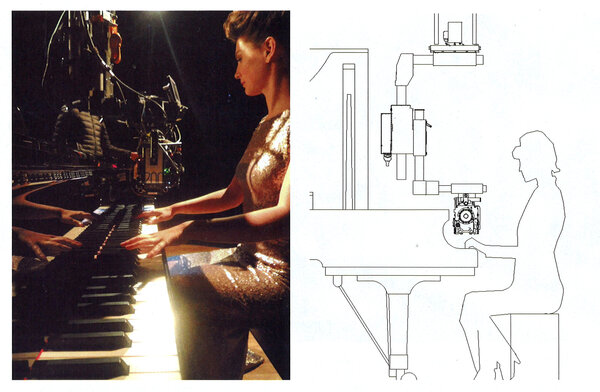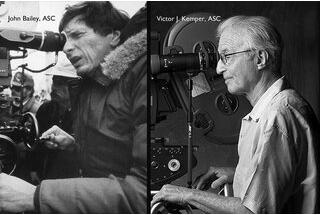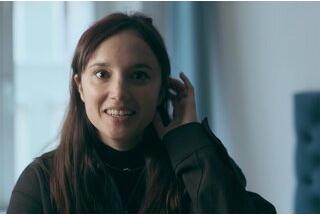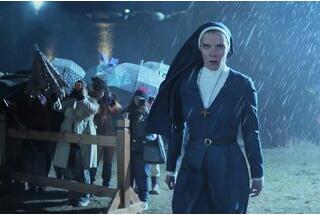Loumasystems and Louma 2 in "Film and Digital Times"
Jean-Marie Lavalou: "We are regularly confronted with exciting cases usually related to moving the camera in difficult locations or unusual spots. But, once in a while, there is the very special case where the technical task to solve the move is also at the core of the shot.
"For these kinds of shots, technique and storytelling are intimately linked. If you succeed, these setups are very rewarding and can even offer great moments of Cinema. They can contribute to the cohesion of the entire crew and everybody on set can feel that something very special is happening. The crew and the audience remember these shots for a long time.
"In Paris, we were lucky to experience one of these moments on the movie Mon Inconnue (Love at Second Sight) directed by Hugo Gélin and shot by Nicolas Massart. The movie is a romantic comedy with a Sci-Fi twist: the story of a man and his wife and a sudden switch in a parallel universe. In the beginning, the man is a celebrity, a famous writer, and the woman is a student. Then, in an exotic space-time warp, the man becomes a nobody and the woman is a famous and exalted pianist.
"The scene we had to shoot happens when the man, in his "nobody status," attends a piano recital of his beloved ex-girlfriend (whom he is trying to re-seduce)."
The director Hugo Gélin was very kind to say a few words about the shot:
Hugo Gélin: "I used the Louma 2 to achieve a particular sequence. The idea was to have a very wide shot at the beginning and finish on a close-up. For this, I needed to start as far as possible at the back of the stage area of the Odeon theater in Paris with the camera aiming towards the audience. In the center of the frame, between the camera and the audience, was the actress Josephine Japy at the piano, playing Chopin’s La Fantaisie Impromptue.
"The shot is a ’simple’ tracking move that starts from the very back end of the stage, glides towards the actress, passes above the piano and her hands as she is playing, then leaves her and continues the movement towards the audience, getting closer and closer to the actor, François Civil, seated in the middle of the orchestra. And I insisted on finishing in a tight close-up."

"The Louma 2 allowed us to do this shot without VFX ( except the audience enlargement). The idea was to show not only the amplitude and the force of Chopin in that huge theater but also the intimacy and fusion between the two characters, all in that one single movement. The Louma 2 allowed me to do that and it was a great moment to live on the stage."
J.-M. Lavalou: "With Cinematographer Nicolas Massart, we looked at different options induding placing the base on the side in the middle of the travel and using a Planing mode [1], but it was not possible because the raised cover of the grand piano got in the way of the arm. So, we went for a combination of tracks and the full range of the télescope and a tiny bit of a zoom towards the end of the shot. The whole thing combined seamlessly."

"To make the task even more challenging, the director wanted the camera to pass 2 inches above the hands of the pianist. Having the camera in its usual place by the side of the Tilt unit would have been too wide. The remote head would have hit the side of the piano and disturbed the pianist. So, we attached the camera underneath the base plate and placed a counterweight in the upper portion of the Tilt to keep the Tilt axis balanced and fully operational."

- Download, below, the original article in English, as published in issue 107 of Film and Digital Times.
[1] Point and Plane mode is a unique feature of the Louma 2. It is an instant, automatic trajectory compensation that links the pan, tilt and telescope of the arm as well as the pan of the remote head to keep the camera on a straight path.
 En
En
 Fr
Fr








